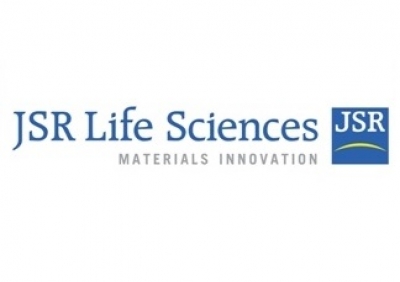The relationships and considerations of bead structure, pore structure, surface chemistries and ligand design on affinity resin performance targets.
Industry needs, patent expirations of ligand design and market dynamics have accelerated the development and availability of many protein affinity resins. Technology providers must consider a range of design parameters such as resin backbone, bead size, pore size, surface chemistry modification, ligand construct and how they relate to performance criteria such as DBC, life time, caustic stability, and column packing among others. JSR’s approach to designing Amsphereâ„¢ A3 affinity resin will be discussed. The trade-offs between resin design and resin performance will be illustrated through a case study.
Presented by

Marty Siwak ,
Director, Separations Sciences Group
Marty Siwak is currently director of the Separations Sciences Group at JSR Life Sciences. His team is responsible for purification process and product development in the biopharmaceutical industry. Mr. Siwak has developed and commercialized numerous separations and protein purification technologies over the past 35 years. He holds multiple patents and publications on protein purification and virus clearance technologies. He has BS degrees in both Chemical Engineering and Biochemistry from the University of Connecticut.

Zhuo Liu,
Process Development Scientist II
Zhuo is currently working as Process Development Scientist II at KBI Biopharma, Inc. He has about three years of experience in downstream process development in biopharmaceuticals and about eight years of experience in protein purification including human immunoglobulins, monoclonal antibodies, bi-specific antibodies, recombinant proteins, etc. Zhuo has a Ph.D. in Chemical Engineering from North Carolina State University.





